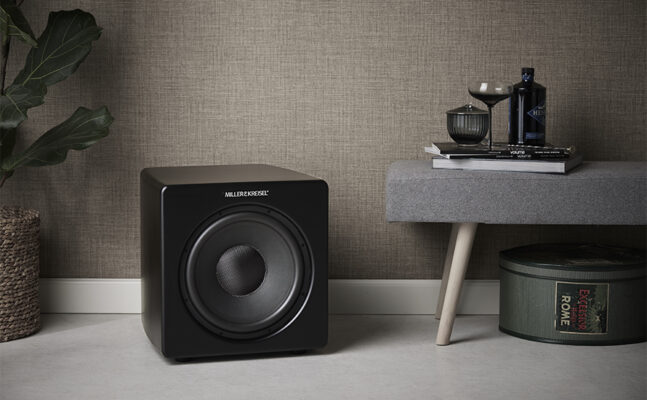21 May 2009 —To cram more data on DVDs than the high-density Blu-ray format allows, manufacturers will have to go three-dimensional and stack data in multiple layers. Researchers at the Swinburne University of Technology, in Hawthorn, Australia, have now found a way to add two more dimensions to optical-disc recording: wavelength and polarization. The technique could pack 1.6 terabytes of data on a standard-size DVD, the researchers say—the equivalent of 30 Blu-ray discs. What’s more, it could be compatible with today’s disk-drive technology.
DVDs and Blu-ray discs store data as tiny bumps stamped or burned into the aluminum veneer on a plastic disc. The bumps and flat spots on the aluminum reflect laser light differently, to represent the 1s and 0s of digital data.
Microphotonics researcher James Chon and his colleagues describe their high-density alternative to traditional optical data storage in the 21 May issue of the journal Nature.
They began by making a new kind of disc. They dispersed gold nanorods of three different sizes in a polymer solution, coated thin glass films with the solution, and then used glue to assemble a stack of three of the films, one on top of the other.
To record on the disc, the researchers focused a tunable laser onto 750-nanometer-wide spots on a gold nanorod layer. The tiny rods have a tendency to collapse into spheres when they absorb light and are heated to a certain threshold. But the rods are selective. Nanorods of a specific size absorb a specific wavelength and then only if they are aligned with the direction of the light’s polarization. Under those conditions, the energy waves traveling along the rods’ surface—called surface plasmons—resonate with the light’s frequency. So when the laser beam is focused on the bits, only some of the rods turn into spheres. “There are many different sizes of rods in random orientation,” Chon says. “Light impinging with a certain color and polarization will only target a subpopulation of gold nanorods, leaving the remaining rods for the next recording.”
That means each bit area can hold multiple bits—six in Chon and his colleagues’ test of three different wavelengths and two different polarizations. To demonstrate the technology, they created six patterns on each of the three nanorod layers by focusing light on a grid of 75-by-75 bits. Chon says they could have fit 1.1 terabits per square centimeter on the disk. The volume of their disk is about 12 cm3, which gives a total data capacity of 1.6 terabytes.
Reading the bits involves focusing light from the same laser on the bits but with much lower energy. The nanorods shine when they absorb the dim light, which must be of the same wavelength and polarization that could change their shape during recording.
“They’ve really done something very clever,” says Robert McLeod, an electrical and computer engineering professor at the University of Colorado, Boulder. People have been thinking about 3-D optical data storage for a while, but this is the first time data has been recorded and read in five dimensions, he says.
However, “making a commercial data-storage device has an extremely long laundry list of requirements. It has to be extremely high density, it needs a very high data transfer rate, and it has to be cheap,” says McLeod. The researchers have so far shown high data density, he says. But the large, expensive titanium-sapphire femtosecond laser they use is not practical.
Lambertus Hesselink, an electrical engineering professor at Stanford, says it is crucial that the researchers show that their technique works with conventional digital storage. That is, they would have to convert analog signals into digital bits, put them on the disc, and read them out quickly. “You have to show you have a very high capacity at a very high transfer rate at a high signal-to-noise ratio so you can faithfully detect the data and reconstruct it,” he says.
The Australian researchers are optimistic about the technology. They say that data recording could be done with a cheaper laser diode and that high-speed recording and readout should be possible. They have signed a research agreement with Samsung and believe that the technology will be available commercially in 5 to 10 years.



